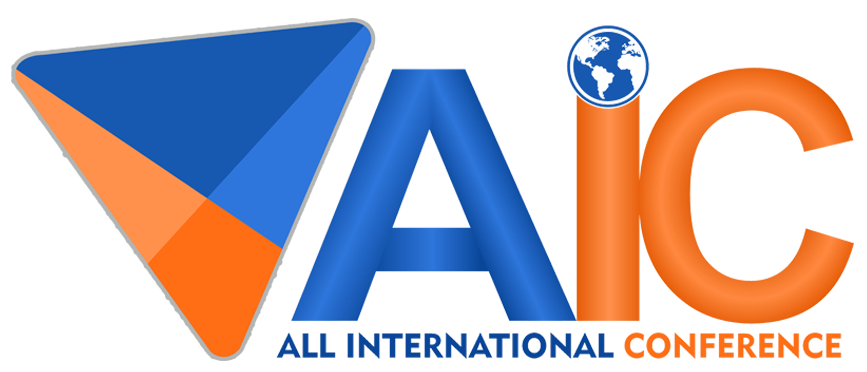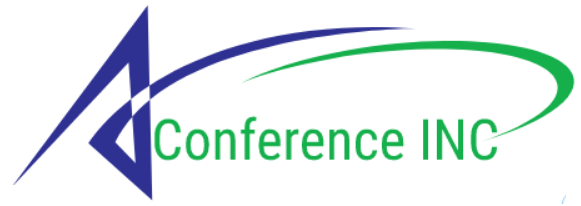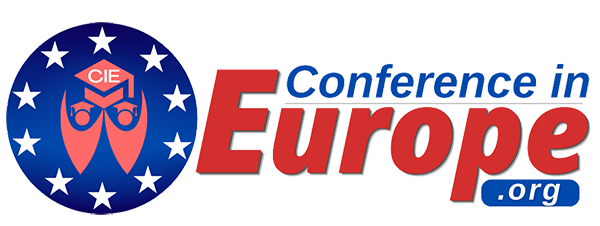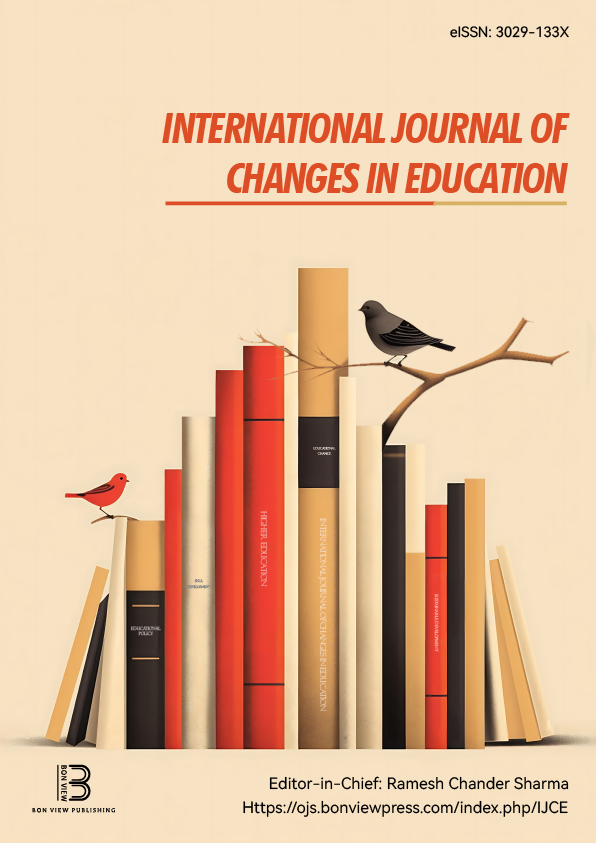The Use of Cartoons in Reading-Writing Lessons of Young Learners
Özge Kutlu, PhD candidate (Turkey)
Abstract
Thanks to the advances in technology, most of the young learners in language classrooms are digital natives (Prensky, 2001). Since most of them are like this, there has been a need of adjusting teacher education programs in line with this need (Guo et al. 2008). However, the problem is that due to the workload of teachers, teachers may not spend time for material preparation via technological tools. On this aspect, the aim of the study is to prepare reading-writing extra curricular activities of cartoons in line with the syllabus. These skills are emphasized in that the aim is to test the effects of cartoon software on a receptive skill (reading) as well as a productive skill (writing). For this purpose, the cartoon designed by the researcher is going to be given as an extra curricular activity for the young learners. The students are going to be asked to read the cartoon as homework and write what they see similarly in another cartoon in line with the pictures of cartoon. Dönük and Kutlu (2013) has already found out fruitful results by the use of cartoons in a receptive skill. In that sense, the results of the present study are going to highlight the use of visuals in both receptive and productive skills.
Key words: reading, writing, cartoons, visuals
References
Dönük, D., & Kutlu, Ö. (2013). Effects of cartoon software on developing reading skills. Journal of Social Sciences [JSS], 12(2).
Guo, R. X., Dobson, T., & Petrina, S. (2008). Digital natives, digital immigrants: An analysis of age and ICT competency in teacher education. Journal of educational computing research, 38(3), 235-254.
Prensky, M. (2001). Digital natives, digital immigrants part 1. On the horizon,9(5), 1-6.
 The Future of Education
The Future of Education


























